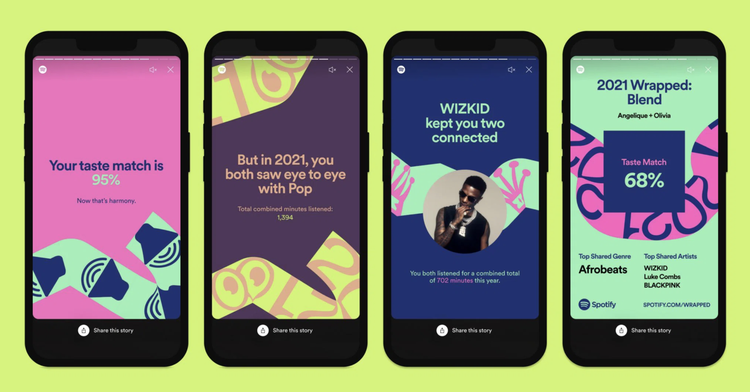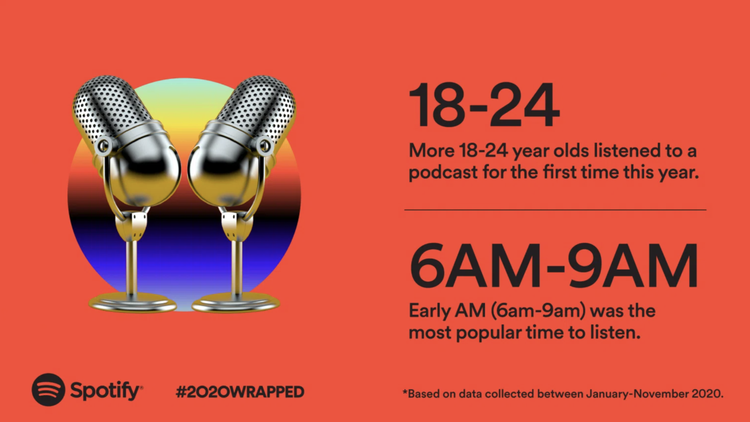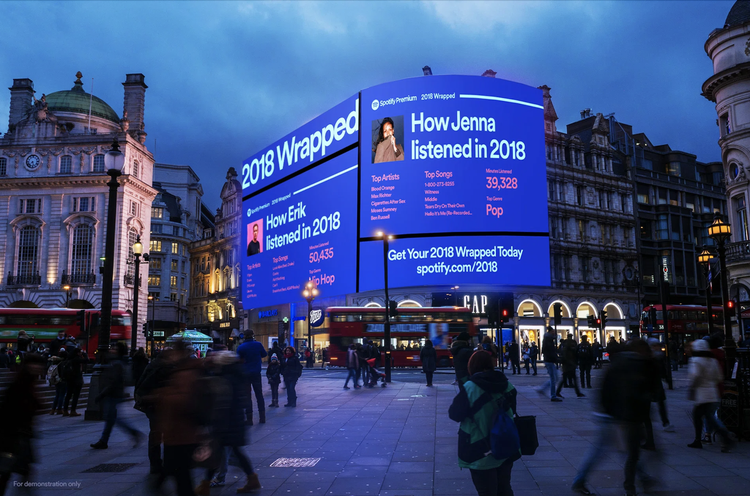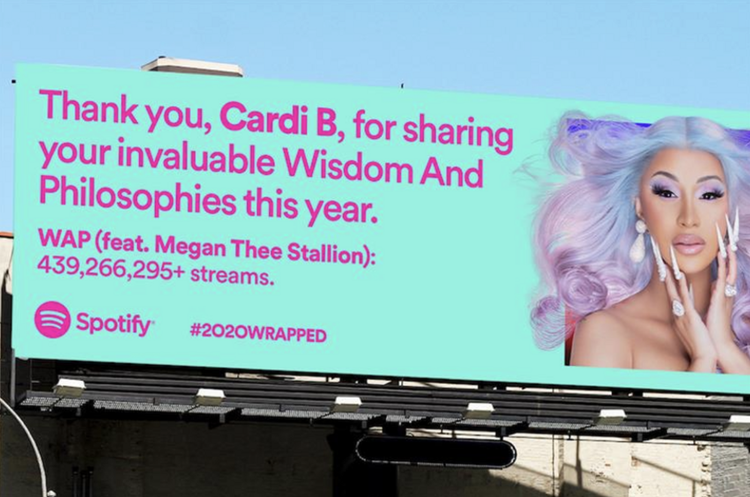14 print and digital advertisement examples to inspire your next brand campaign

Effective advertising is the lifeblood of any successful brand. It has the power to transform businesses, shape perceptions, and profoundly engage audiences. In today's competitive marketplace, making a big impression is no small feat, and any decent advertising example employs a range of creative and strategic tactics and considerations to cut through the noise of a busy media landscape. Read on, and we’ll explore the artistry and impact of both print and digital marketing through 14 iconic advertisement examples.
Summary/Overview
Lessons from remarkable advertising campaigns
Remarkable or impactful advertising campaigns, whether in print or digital form, tend to share a commonality: the ability to captivate, inspire, and resonate with audiences. Successful ads don’t just promote products, but engage viewers well beyond a passing glance, forming a lasting impression and positive perception of a company or service’s brand. Your textbook tools of the trade, art and copy (“copy” is the short or long-form written material in a piece of advertising or marketing), are the backbone of any successful ad campaign or piece. However, they are just the means to an end; without careful consideration of the story you’re trying to tell, your advertising efforts may fall flat.
- Simplicity is powerful: Simplicity is a potent tool in storytelling, ensuring a lasting impression through conveying a singular unmistakable message. Beyond mere visual aesthetics or a concise word count, the principle of simplicity serves as a foundational guide for crafting memorable marketing that leaves an audience with a total and actionable understanding of the message.
- Storytelling is everything: Storytelling in advertising transcends mediums, and there is neither limit nor template for how designers and marketers can employ both print and digital approaches and strategies to creating identity and narrative in advertising. Describing mere product features doesn’t evoke emotions in an audience — it’s the relating of an experience or the connection to a personal need that captures viewers’ attention and makes a mark on memory at a deeper and more meaningful level.
- Emotion sells: An audience might be a stoic bunch of practical and pragmatic shoppers, but people? People are a sappy, sentimental bunch, prone to making decisions with the heart. Good advertising examples market not just to a need, but to the person and their own story.
- Interactivity and innovation: It’s one thing to tell someone something. It’s another to ask someone something, eliciting a valuable response from an audience. Effective advertising seeks to create opportunities for interaction with content, and can use both innovative technologies and more low-tech methods to create opportunities for deeper, prolonged, multi-point engagements with a brand and its marketing campaigns.
- Authenticity and social impact: Advertisers can consider the social implications of their messaging and align their brand with meaningful causes to capture the urgency of a moment. The positive reception to campaigns that support social issues underscores the importance of identifying values that resonate with the target audience. By aligning with social causes and presenting a genuine portrayal, advertisers contribute to a broader conversation, creating lasting goodwill with their audience.
The artistry of print advertising
Print ads may seem like a relic of the past in our increasingly digital world, but iconic print advertisement examples continue to inspire and set the standard for creativity in marketing. Let's delve into some timeless examples.
1. Apple's "Think Different" campaign
Apple's "Think Different" campaign, launched in 1997, celebrated the rebels, the misfits, and the troublemakers who have changed the world. The ads in their composition relied on nothing more than a minor logo, Apple’s inextricable tagline of “Think Different,” read cleverly or coyly in its dubious grammar, and visuals of stark black and white photography featuring ubiquitous icons including Amelia Earhart, Miles Davis, the Dalai Lama, Jim Henson, and Albert Einstein. The campaign proved that a simple message and striking imagery can redefine how a person views a product; long before Apple’s contemporary market domination in the iPhone era, these advertisements helped cement the perception of the company as the computer of choice for artists and thinkers who seek to break boundaries and convention.

2. Got Milk?
"Got Milk?" isn't just a print campaign. The best-in-class advertisement example is a demonstration of how good marketing can create a universalism, even as the modern rendition of the campaign and the very product it advertises becomes a point of debate and a bit of controversy. With its winking use of the classic milk mustache and inclusion of a great many of the most iconic personalities across contemporary culture, these ads’ consistent and uncomplex photography, the inquisitive but imperative headline, and quippy copy serve as testament to the enduring appeal of a common experienced distilled to its purest and most laughable form.
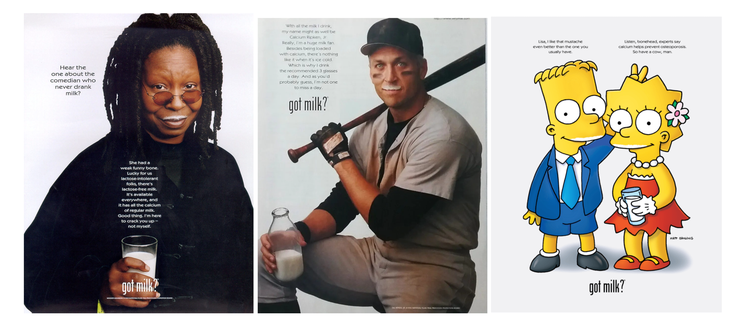


3. Volkswagen's "Lemon" and “Lemonade” ads
The Volkswagen Beetle is as inextricable an object of the 1960s as Woodstock and tie-dye. Yet at the time, VW was new to the vaunted American market and in dire need of a differentiator, in both product placement and a marketing angle.
Enter: the “Lemon.” Eschewing a written verbosity common to advertising of the day, VW took a one-word shot at catching the eyes of their audience. A term commonly associated with an automobile of shoddy craftmanship, lemon is not a term a reader would associate with a must-have vehicle, and to purchase a “lemon” is sure to leave a sour taste in the driver’s mouth. Yet readers couldn’t resist the challenge of the starkly bold san serif headline following the photo of the foreign and foreign-looking compact car, causing them to read further. The body copy hammered at VW’s unique value proposition, namely that their meticulous quality inspection regimen would never allow the reader within a mile of a “lemon” like that in the photograph. As the ad copy declares, the VW that a customer does buy is only of the utmost quality, because “We pluck the lemons; you get the plums.”
Fast forward to the modern day and Volkswagen's modernized "Lemonade" ad, a savvy response to a negative incident that caused a major PR headache for the automobile manufacturer and brand.
Drawing from and outright referencing their iconic 1960s ad for the Beetle, VW demonstrated that same humor and wit while reassuring customers about the brand's once-again rigorous quality control, now contextualized as a gesture of “aw shucks” penance for their 2015 emissions scandal. It showed that addressing issues head-on with creativity can navigate around embarrassment to turn a crisis into an opportunity.

4. Old Spice's hysterical print ads
Old Spice's humorous and absurd print ads gained immense popularity as part of a wildly successfully multimedia brand campaign, demonstrating that a good piece of advertising doesn’t shy away from humor. Drawing on the surprise-and-delight approach to the spokesman trope of a handsome and muscular man nestled among a range of fantastical settings, these print ads became memorable for their playful takes on masculinity and a double entendre approach to visual direction and photography.


5. Coca-Cola's emotional holiday campaigns
Coca-Cola's holiday campaigns consistently tug at the heartstrings of viewers, emphasizing the importance of emotional resonance in advertising. They remind us that it's not just about the product but the feelings it evokes. Through decades of only slight variations on the theme, the brand has successfully made its eponymous beverage as much a part of the Santa Claus experience as milk and cookies left by the fireplace.
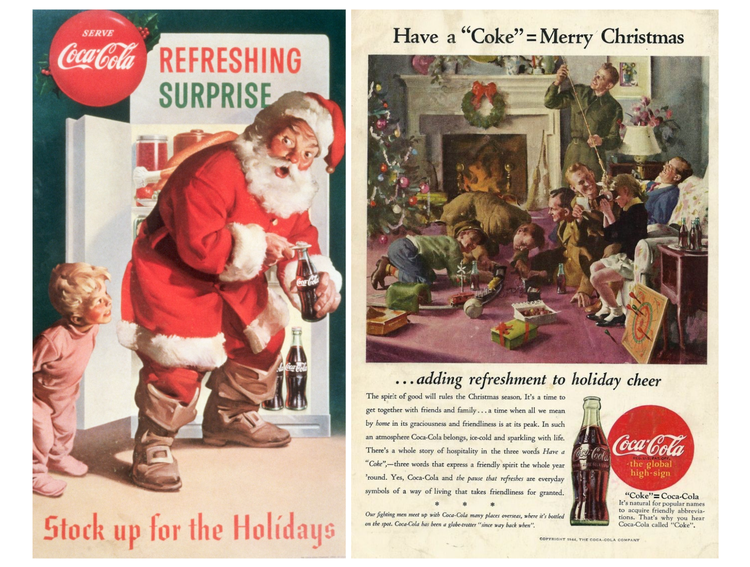
6. Nike goes big with minimalism
Nike's minimalist print ads use a clean and bold approach, showcasing the power of minimalism in making a profound statement. In one approach, the print ads inspire individuals to push their limits and achieve greatness with bold invocation and a daunting sense of scale. Here they focus not on sneakers or sporting goods, but on the experience of adversity and perseverance.

The alternative pathways Nike’s marketing department takes with their minimalist print advertising also showcases their bold approach to typography and gutsy imperative headlines, with a focus on the product and the high-impact visual design of their sneakers.
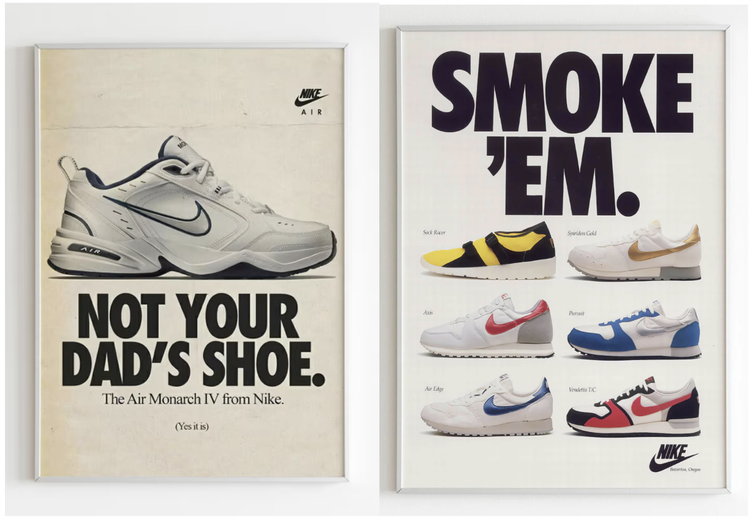
7. Absolut Vodka's iconic prints
Absolut Vodka's print ads are known for their distinctive bottle-shaped designs and witty taglines, utilizing concise wordplay to riff both on their many targeted niche audiences. They don’t just distill vodka; Absolut distills culture, marketing personas, and dry wit into some of advertising’s purest artistry.

Advertising’s digital frontier
As technology continues to evolve, so does the landscape of marketing and advertising. Digital advertising has opened new fronts in engaging with audiences, ranging from emerging, evolved, and recontextualized mediums including video, social media, augmented reality, and data-driven personalization. Let's explore some of the more extraordinary advertisement examples utilizing digital strategies and tactics.
8. Nike's "Dream Crazy" with Colin Kaepernick
The Emmy award-winning "Dream Crazy" campaign from Nike was a bold effort to celebrate the 30th anniversary of their iconic “Just Do It” campaign. The campaign featured NFL player Colin Kaepernick, who became a lightning rod for controversy because of his symbolic gesture of kneeling during the national anthem to protest police brutality.
Centered around the slogan “Believe in something, even if it means sacrificing everything,” Nike’s multimedia effort sought to showcase (and align its brand image with, naturally) the immense risk of standing up for what you believe in, and the courage needed to do so. These ads featured stark black and white print and digital ads and social posts, as well as compelling narrative video storytelling primed for social sharing amid the drumbeat of news coverage on the topic of Kaepernick’s viral protest.

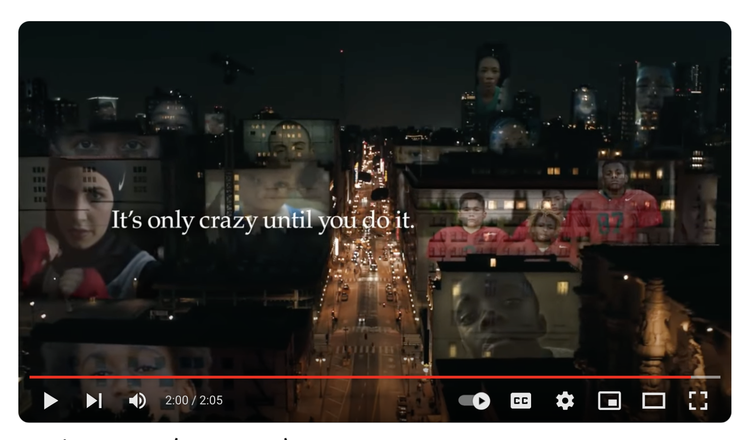
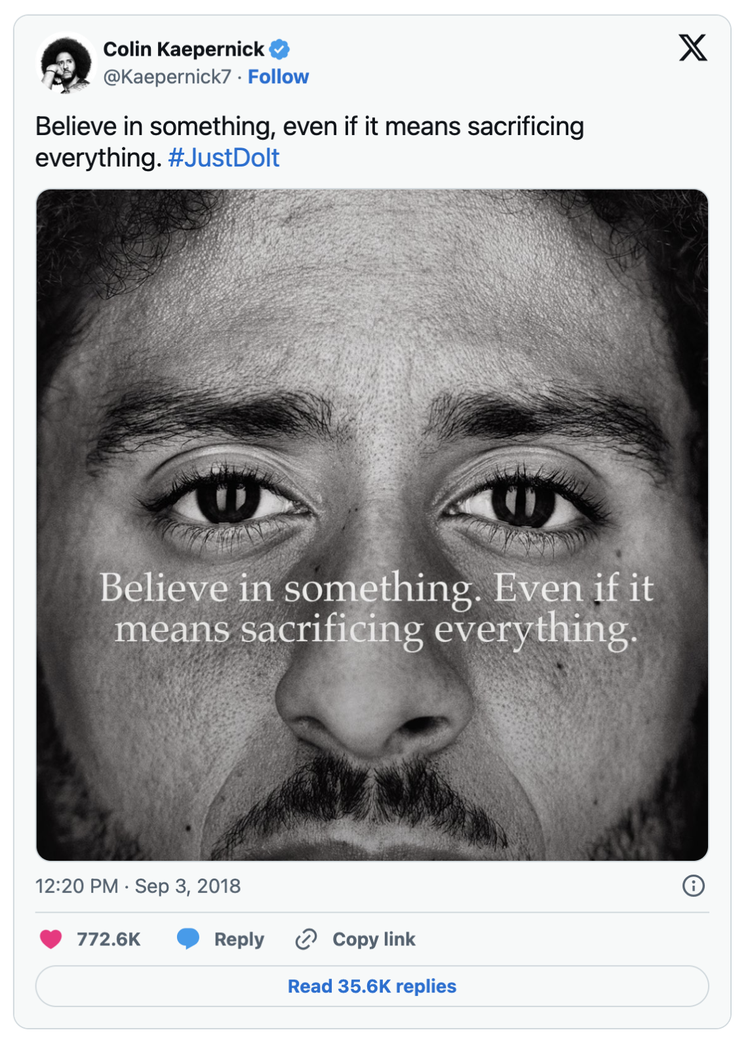
9. Google's "Reunion"
Google’s 2013 "Reunion" ad depicts “the fictional reunion between two elderly men... separated as children during the partition of India by Great Britain in 1947,” who were enabled to search for each other and make contact again through Google’s search engine. A heartwarming story transcending language barriers, the campaign highlighted the importance of storytelling and emotional connection in digital advertising, making use of YouTube’s viral potential to connect broad audiences by common sentiment and emotion — in this case, portraying a hope for the easing of travel restrictions between the two countries.
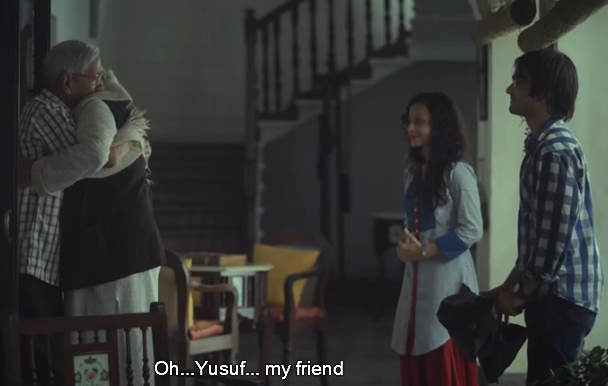

10. Wendy's Twitter Roast campaign
Wendy's Twitter (now X) roast campaign made waves on social media by engaging in playful, if not searing hot, banter with and roasts of its followers, competitors, and, well, nearly anyone who dared to step to the brand on social. It demonstrates the value of humor and interactivity in digital advertising, but even more than that, it showed that boldness gets attention. Social engagement is a proven tactic for generating brand awareness, and one that can adapt with the times and changing preferences for social media platforms.

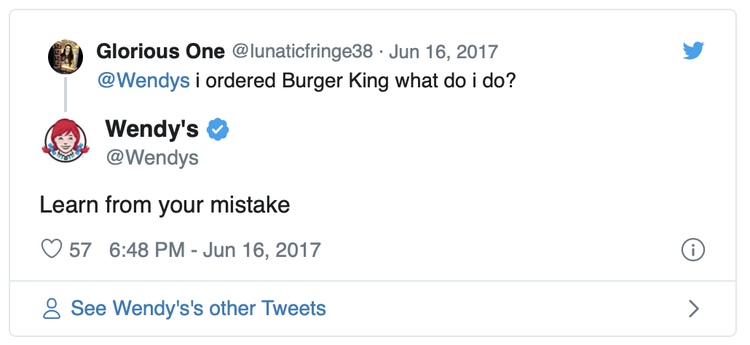




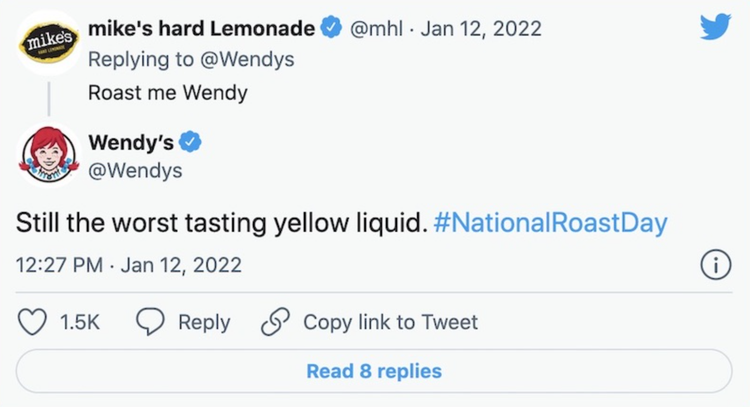
11. IKEA’s “Place” augmented reality app
Launched in 2017, IKEA's "Place" augmented reality (AR) app allows customers of the Swedish home décor powerhouse to virtually "visualize a product within a space… the application scans the expanse of a room through an iPhone or an iPad camera.” Potential customers can then choose from thousands of IKEA items to “drag and drop the selected product onto the space.” Instead of making the trip to the famously labyrinthine megastore in person, IKEA’s digital tool and the campaign to promote it could bring countless products — and the decision-making process itself — directly into customers’ homes and imaginations.
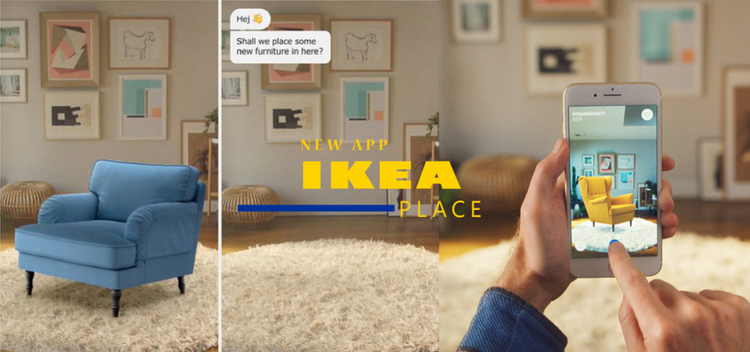

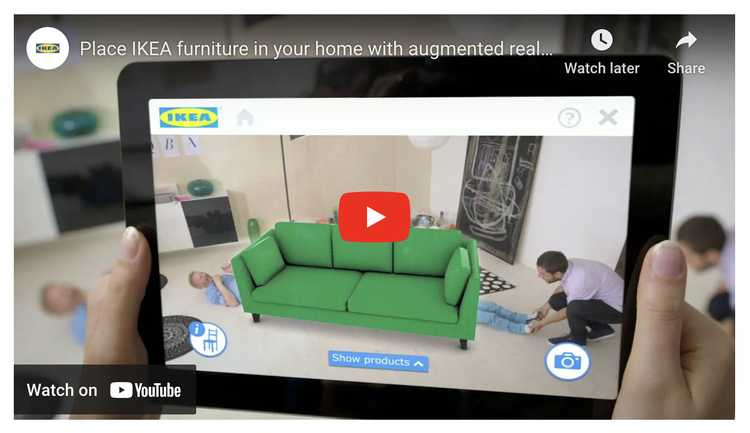
12. Dove's "Real Beauty" campaign
Dove's global "Real Beauty" campaign helped to redefine how mainstream marketing establishes and wields beauty standards, showcasing a fuller spectrum of what it means to be an empowered woman. Launched in 2004, the multimedia campaign — utilizing social, print, digital, and billboard ads — sought to center women’s diverse experiences through a digital repository where contributors could tell their own stories about "Real Beauty,” making broad use of social media strategies to share the content and its message of positivity.
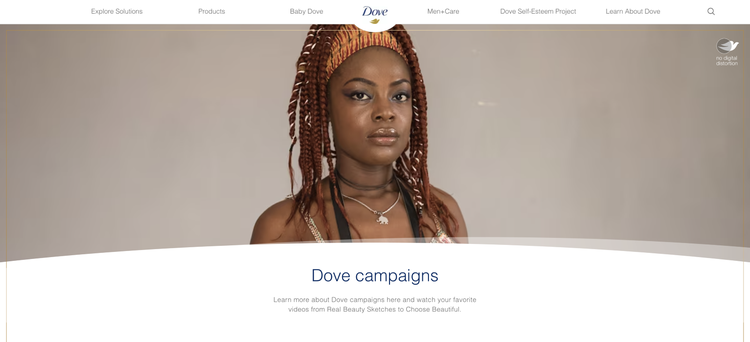

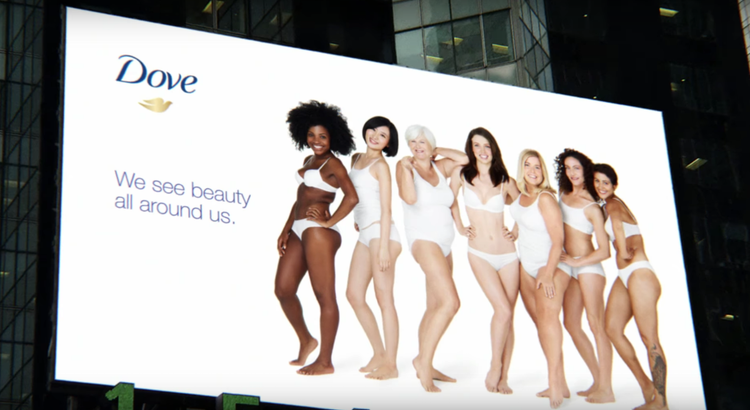
13. Airbnb's "We Are Here"
Airbnb's "We Are Here" campaign combined digital storytelling and user-generated content, showcasing the importance of immersive storytelling and community involvement.
Launched to show off the rollout of Airbnb “Experiences,” the company’s expansion from accommodations to amusements through offering enriching activities that guests can book during a stay, Airbnb “invited people around the world to participate Live via a 24-hour Facebook Live feed.”
For the duration, “people could surf in LA, learn about authentic Venezuelan cooking in Miami, take part in performance art in Paris, experience live street dance in Seoul, transform themselves in Tokyo, and save the ocean in Cape Town,” all via a vicarious helmet-mounted first-person perspective. The campaign served as an exciting digital vehicle to visually participate in a new world of activities and made the savvy decision of enabling its network of hosts to serve as the face and core of the campaign.
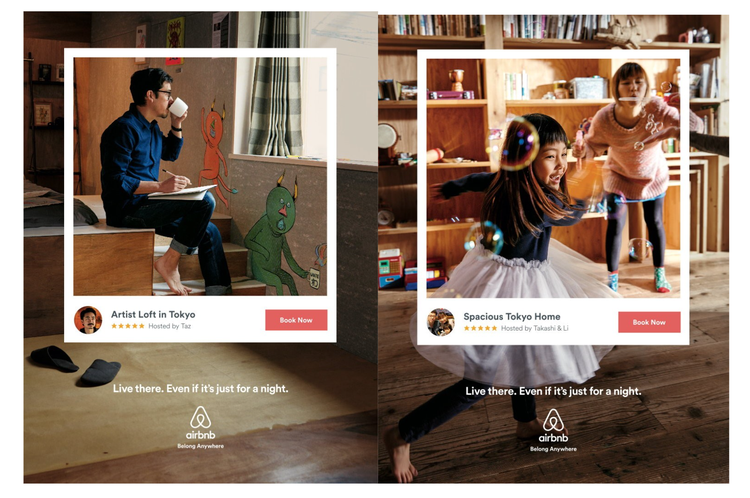
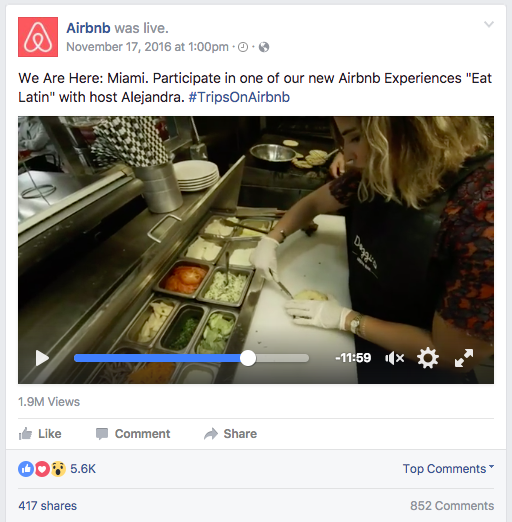

14. Spotify's personalized "Wrapped" campaign
Spotify's annual "Wrapped" campaign has become a celebrated digital tradition, offering users a personalized retrospective of their year in music. Launched in the spirit of year-end reflection (or embarrassment), the campaign curates individualized playlists, revealing users' most-streamed songs, genres, and artists. Using engaging visual graphics, the campaign transforms raw data into a vibrant, shareable experience ripe for social media virality.
Spotify taps into the universal language of music, employing the joy of rediscovery to foster a deeper connection with its users. The success of "Wrapped" lies in its ability to turn data into a personalized, emotionally resonant narrative, embodying the essence of Spotify's commitment to user-centric content.
